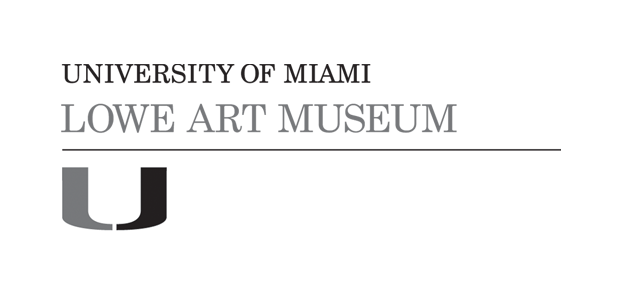The Annunciation and the Journey to Bethlehem
Artist/Maker
Guidoccio Cozzarelli
(Italy, 1450-1516 or 1517)
Dateca. 1480-1490
CultureItalian
Mediumtempera on wood
DimensionsSight: 26 3/4 x 21 1/4 in. (67.9 x 54 cm)
Framed: 34 1/4 x 27 3/4 x 4 in. (87 x 70.5 x 10.2 cm)
Framed: 34 1/4 x 27 3/4 x 4 in. (87 x 70.5 x 10.2 cm)
ClassificationsVisual Works
Credit LineGift of The Samuel H. Kress Foundation
Terms
Object number61.022.000
On View
Not on viewCollections













